Comparing the Fujifilm Fujinon 35mm f1.4 with the Fujinon 33mm f1.4 WR
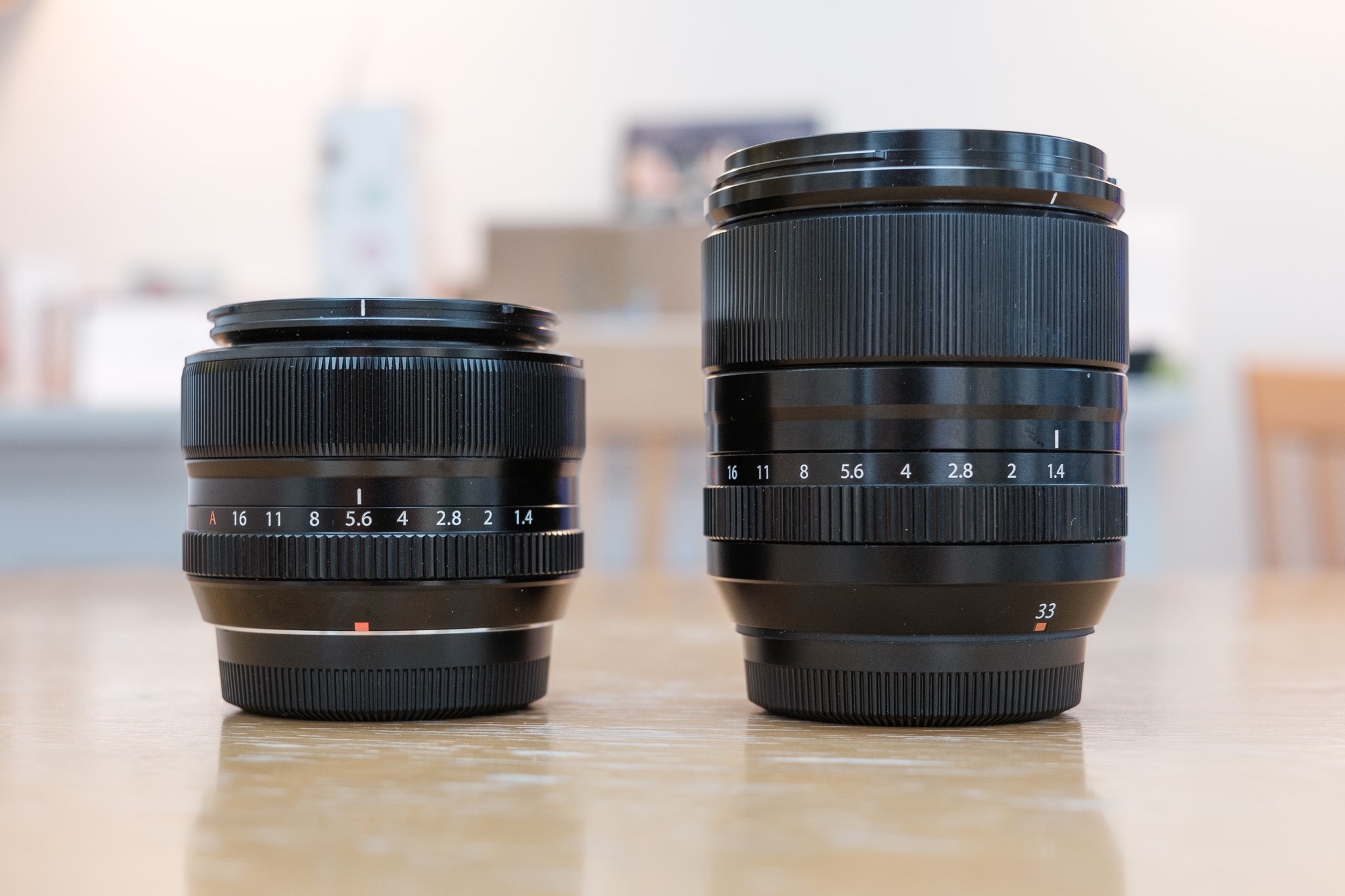
The Fujinon 35mm f1.4 is the OG of Fujifilm X-Series lenses. It was released in 2012 along with the X-Pro 1. The 33mm f1.4 LM WR was released in 2021 to complement the new Fujifilm 40MP X-Trans sensor.
The 35mm has an avid following, myself included, and rightly so. It’s compact, light and it produces very sharp images with a beautiful rendering. So why did Fuji release the 33mm f1.4 and what’s the difference? Which should you buy in 2025? If you have the 35mm should you upgrade? What are the advantages and disadvantages?
In this blog post I’ll try and help you decide. It’s worth mentioning that I pretty much exclusively shoot street photography, so bear that in mind when reading my opinions. If you do studio work, landscape or video, then take my gripes with a pinch of salt.
Why I love the 35mm f1.4
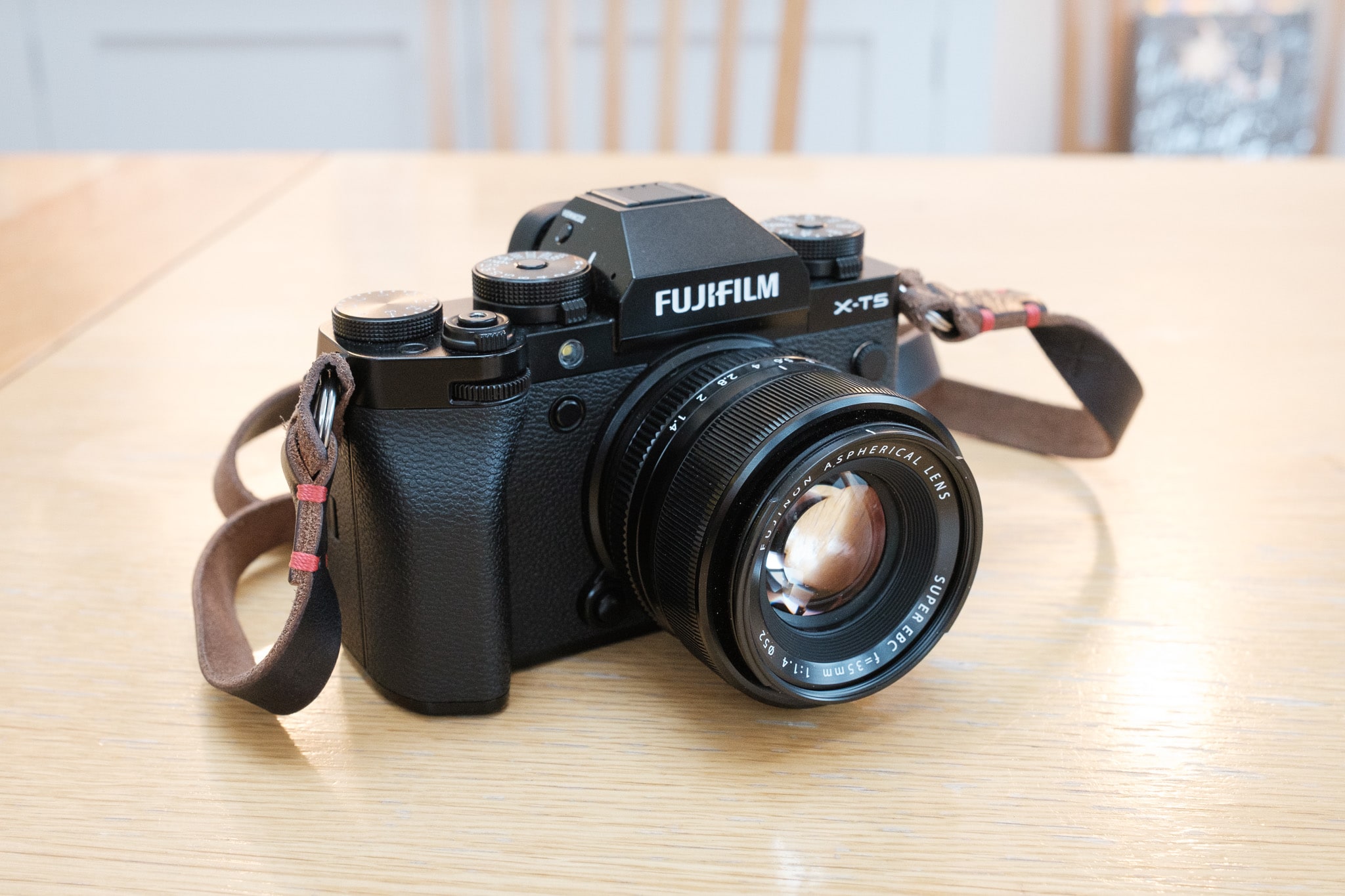
When I originally bought the 35mm f1.4 I had an X-S10. The choice of “nifty fifty” at the time was either the 35mm f1.4 or the 35mm f2. The f2 is arguably a better choice because it’s newer, smaller, weather resistant and has better autofocus, but I’d read so many good things about the f1.4 that I was willing to sacrifice a few things to try it out.
I’m so glad I did! I love the lens and I’ve taken many of my favourite photos with it. Even today, every time I put the 35mm f1.4, I love it. I’m a sucker for good visual design and the 35mm f1.4 hits the right notes. It’s gorgeous to look at and is the perfect size for an X-Pro, and X-T, or X-S body.
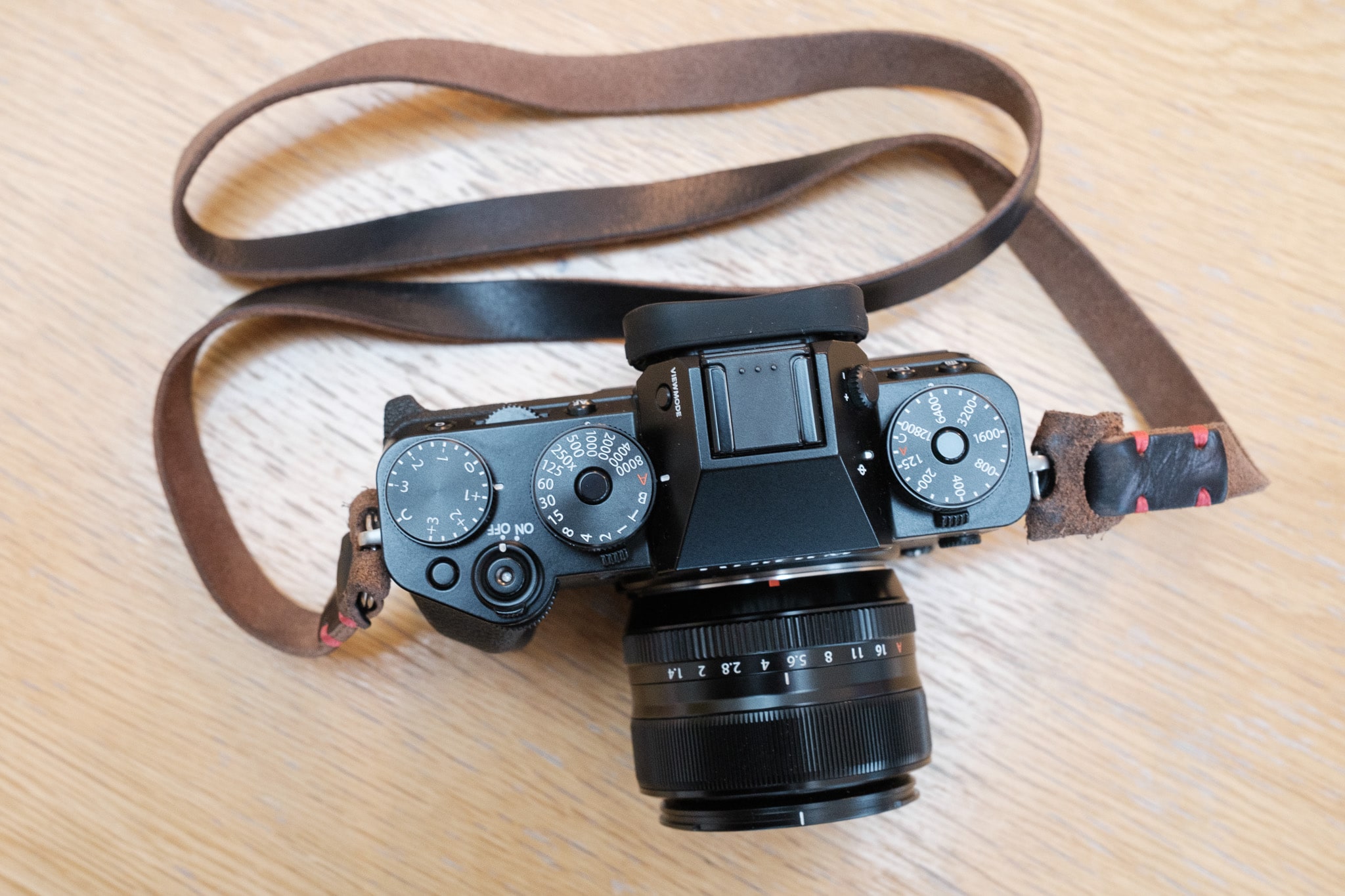
What I don’t love about the 35mm f1.4
My main gripe with the 35mm f1.4 is the autofocus. It’s okay but it’s not amazing. It’s quite loud due to the older motor mechanism, and the lens seems to hunt a fair bit. When I’m shooting street I often use continuous autofocus and in this mode the lens struggles a little, but it’s really not a deal breaker.
I find I miss a few shots when using this lens, and it’s easy to to blame the ageing autofocus, but it’s not always down to the lens – it’s how you use the camera too. If you’re using continuous autofocus and the zone focus mode (rather than single point) then I find you can miss shots regardless of which lens you’re using – it’s just the way it is with Fuji X-Series cameras. If you use single point and non-continuous, you’ll rarely, if ever, have an issue.
The other downside to the 35mm f1.4 is the lack of weather sealing. I don’t shoot an awful lot in the drizzle, rain or snow, or even in dusty conditions, so I can’t say it’s been a problem for me. It would be nice if it was weather sealed though, just for my own reassurance. Again, this is not a deal breaker for me, but if you’re someone who really wants something more resistant to the elements then you should definitely consider the 35mm f2 or the 33mm f1.4.
Introducing the 33mm f1.4
When Fujifilm launched the X-Trans V processor and the new 40MP sensor, they upgraded their f1.4 lens offerings to get “the maximum benefit from the 40MP sensor”. They didn’t release a new 35mm f1.4, instead they opted for a 33mm f1.4. The reason for this is that 33mm is an effective 50mm in full frame terms whereas 35mm is actually 53mm.
Some of the older Fujifilm lenses were ‘approved’ for this new sensor, but alas not the 35mm f1.4:
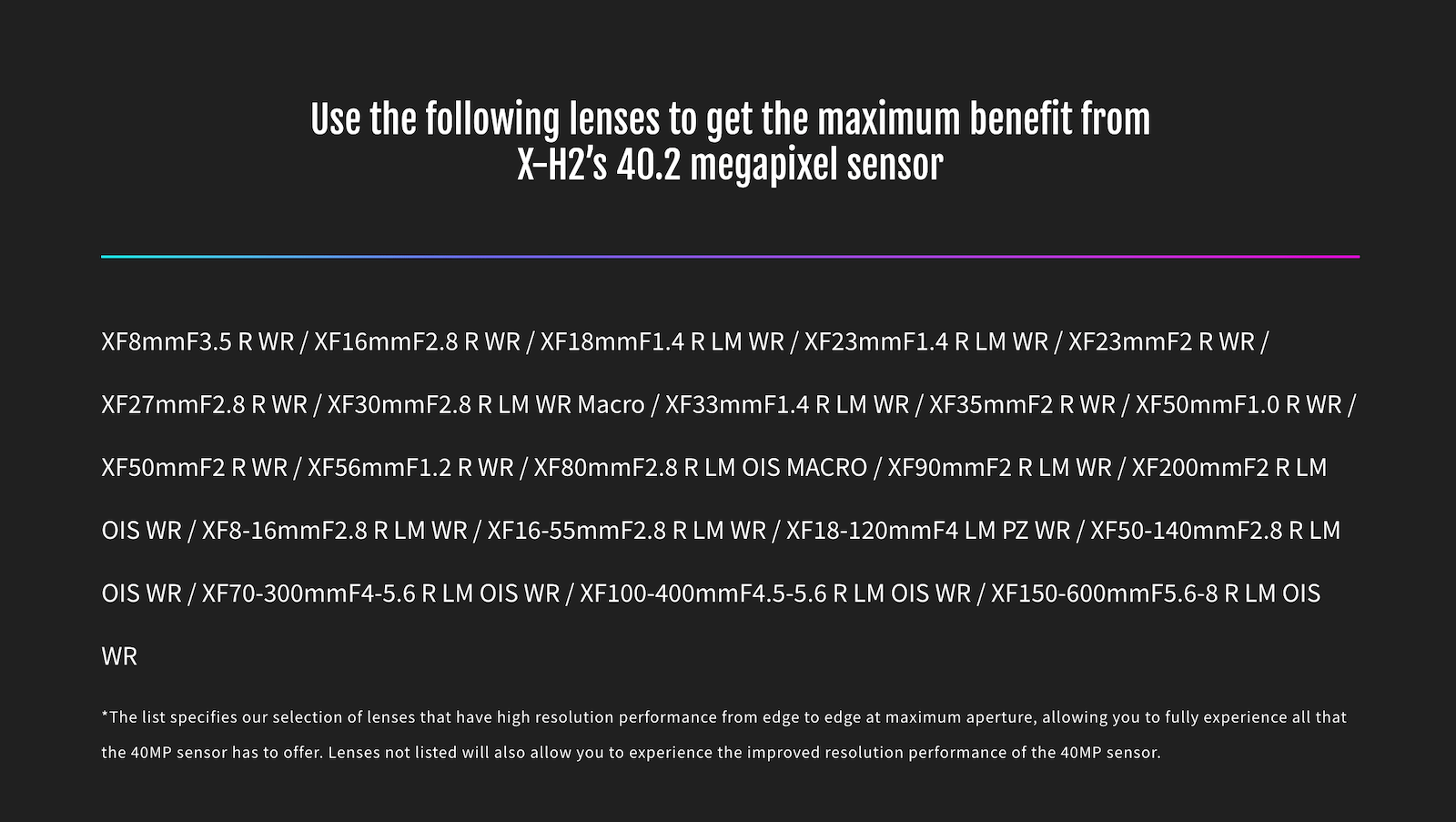
When I upgraded to an X-T5, I decided to splurge on the 33mm f1.4 (and it really was a splurge at £699 – these new lenses are really expensive!). I thought this new lens would result in sharper pictures and might help with some of those missed shots because it has much faster autofocus thanks to the linear motor. I was also tempted by the weather sealing, purely as a nice to have.
First impressions of the 33mm f1.4
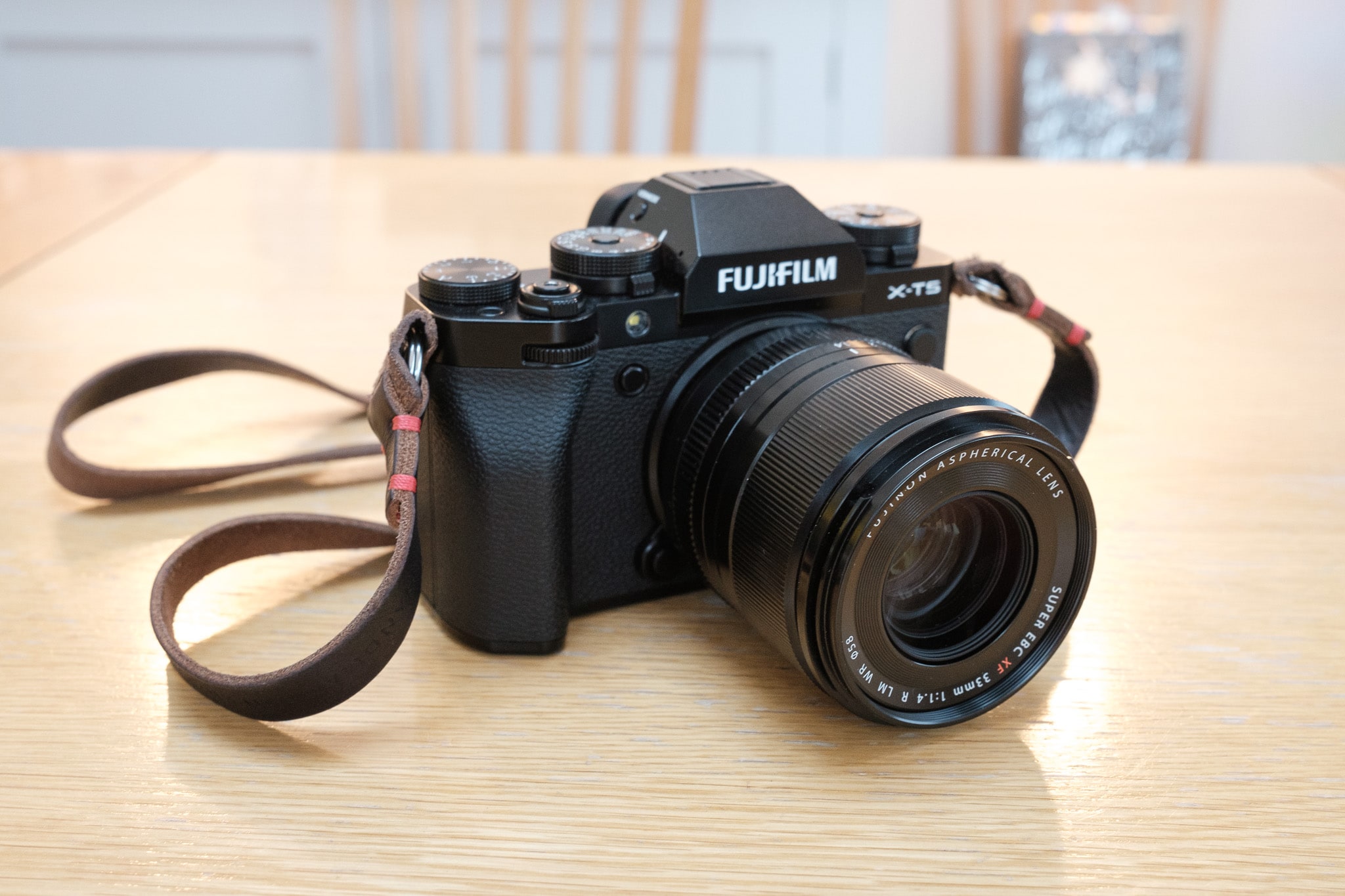
I’ve now owned the 33mm f1.4 for around a year, but I have to say I can’t bring myself to love this lens like I do the 35mm. The 33mm feels solid and chunky, definitely a premium construction, but it’s almost too heavy. On an X-T5 it’s ok, but on an X-S20 I think it would be too much. It honestly feels like Fujifilm have optimised these lenses for the X-H series.
For me, the new LM lenses are bland, ugly, and there’s nothing nostalgic about the way they look and feel. Frankly, the 33mm f1.4 could be a Sigma, a Sony, or a Nikon lens. It’s just… generic.
I’m sure this wouldn’t be a problem if you’re using your Fujifilm for weddings and landscapes, but for street photography it’s almost too much. At least for me. And this is without the lens hood. The 33mm f1.4 (and probably the other LM f1.4 lenses) has a monster, round lens hood and it’s just awful. I mean look at it!
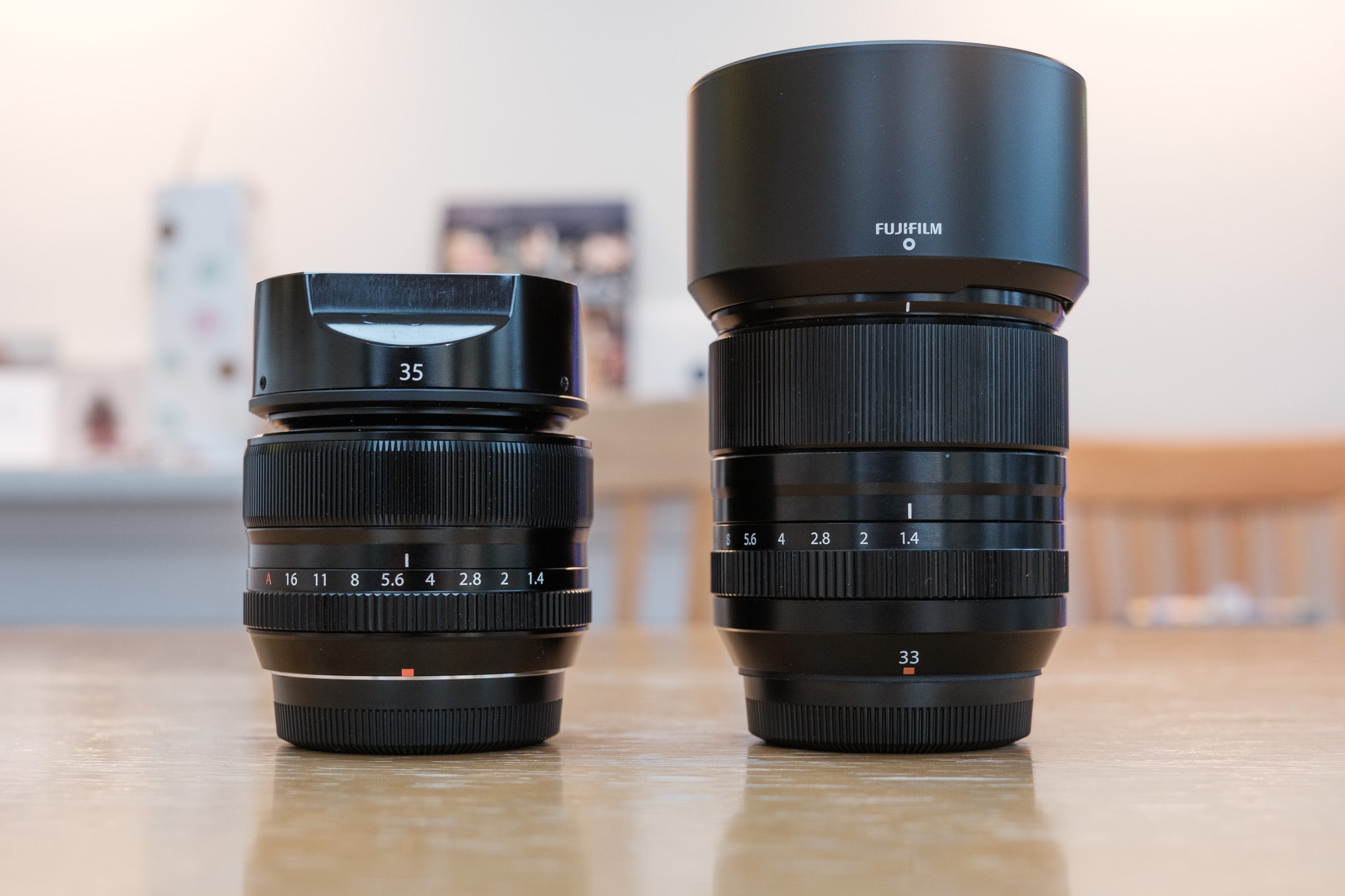
Nobody can convince me that this doesn’t look terrible. If I used this on the streets, I’d feel like a wildlife photographer and, like it or not, how a camera makes you feel is important. Using this lens just doesn’t feel great for street photography, whereas every time I put on the 35mm, I love it.
This feeling is why people fell in love with the Fuji X-Series, and with the new f1.4 LM series, I feel they’ve taken the wrong direction. I bought into Fuji for the retro vibes, the colour science, and the compact nature of the bodies and lenses but increasingly this is changing. The X-H series, these new massive primes… if you want a beefy camera and incredibly precise chunky lenses, why wouldn’t you go for a Sony, or a GFX, instead?
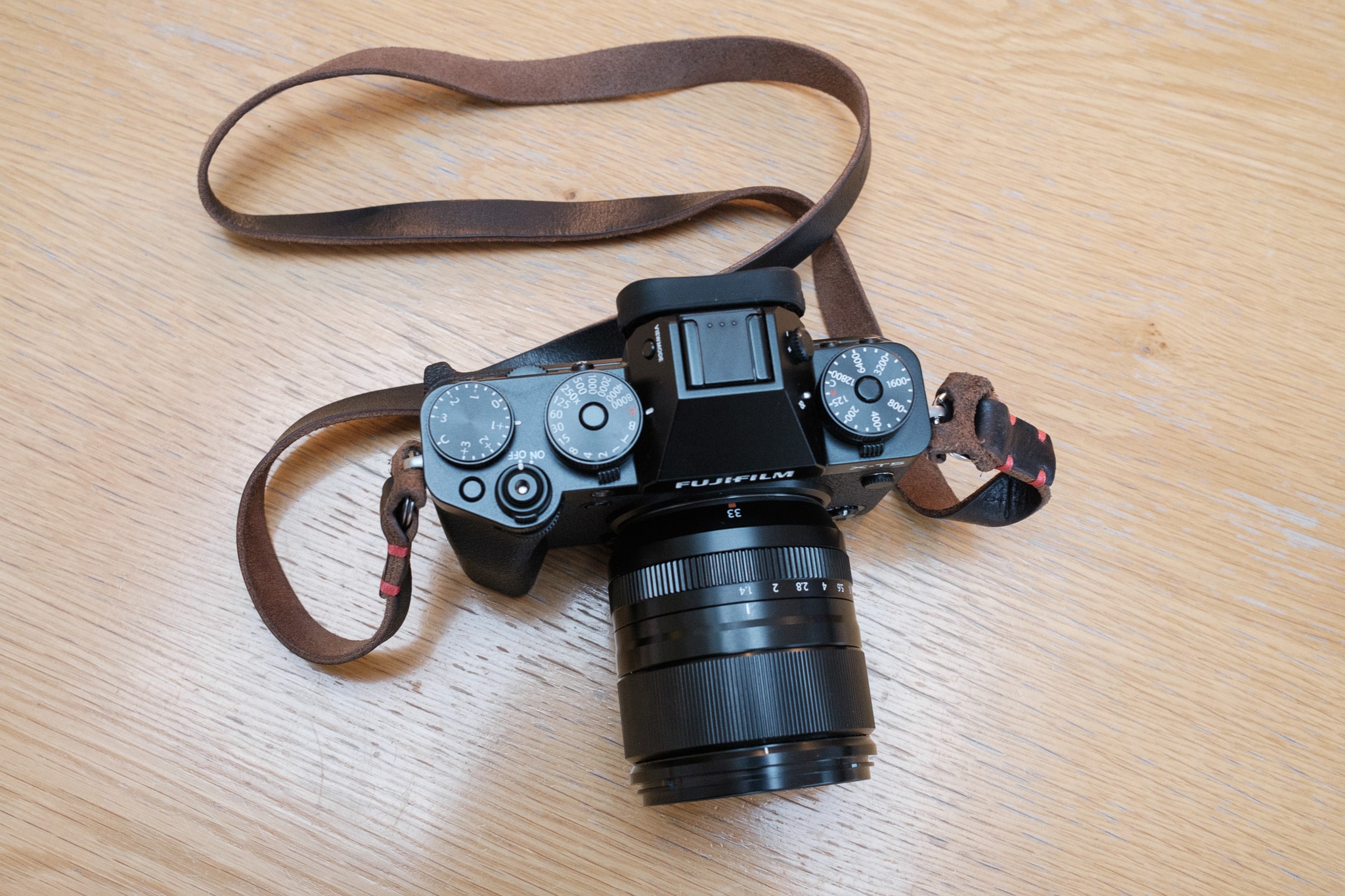
Image quality
I haven’t done an intricate, scientific analysis of this (I’m sure others have) but I simply cannot tell the difference in image quality between the two lenses. I use them for street photography, and pixel peeping for street is kinda pointless in my opinion so I could be missing something.
Fujifilm say that the 35mm f1.4 can’t resolve for the 40MP sensor. I don’t understand what this means, but I genuinely can’t see the difference. I’ve taken portraits with the X-T5 / 35mm f1.4 combo and they look incredible to me! Pin sharp.
Below is a selection of images that I’ve taken with both lenses, some in the day, some at night. A few of the 35mm f1.4 images were taken on an X-S10, but all the 33mm f1.4 images were taken on the X-T5.
Can you spot any noticable difference? Nope, me neither! They all look great!
Images taken with the XF 35mm f1.4
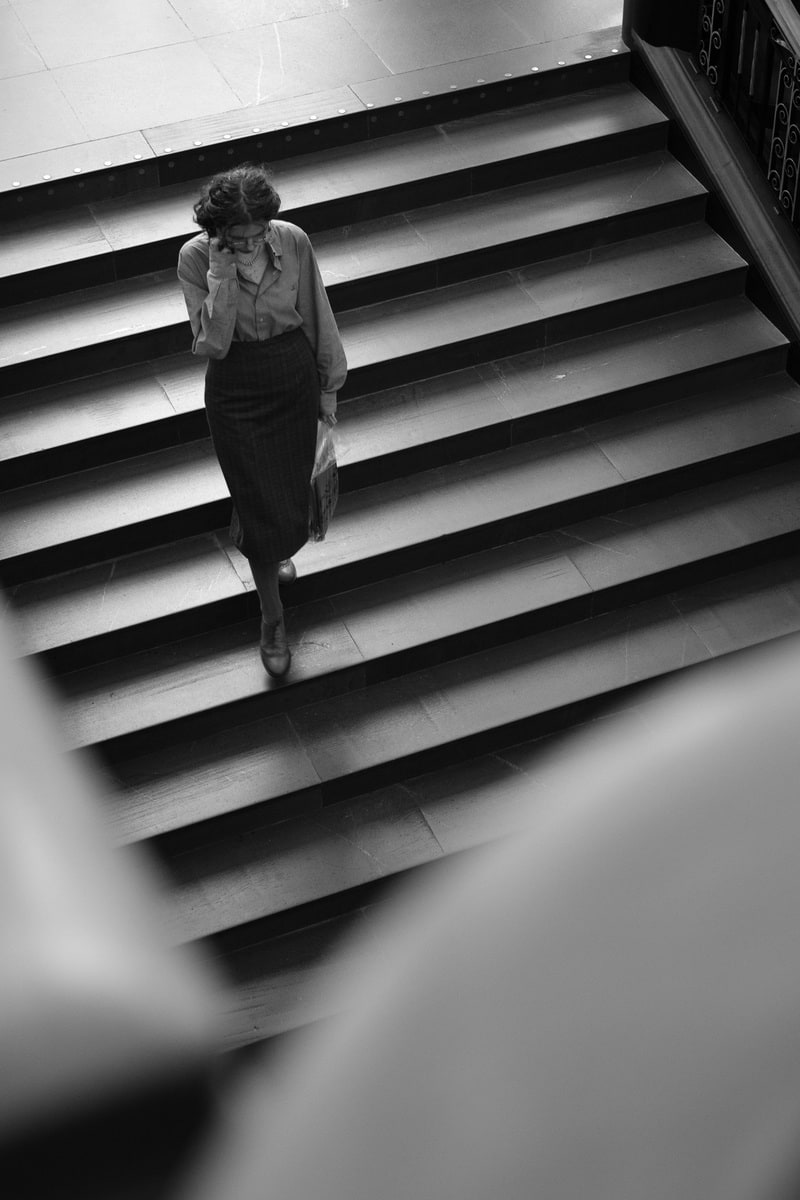
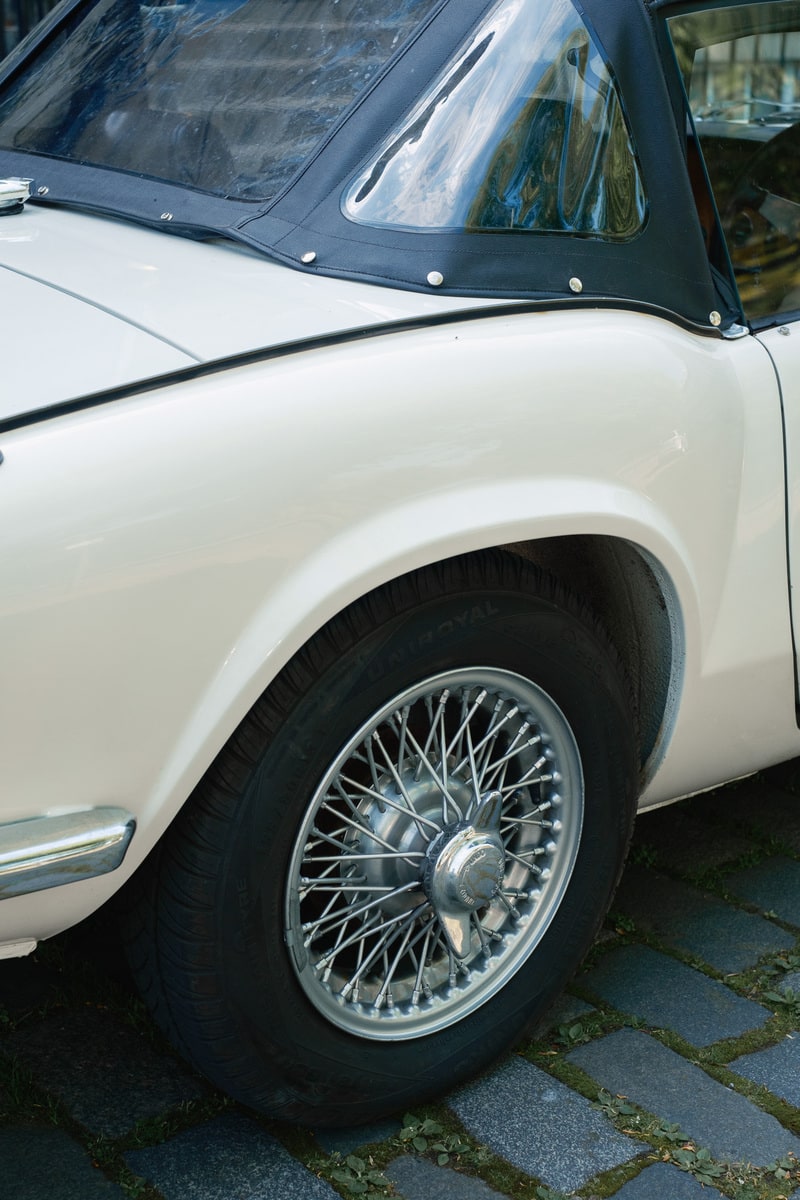
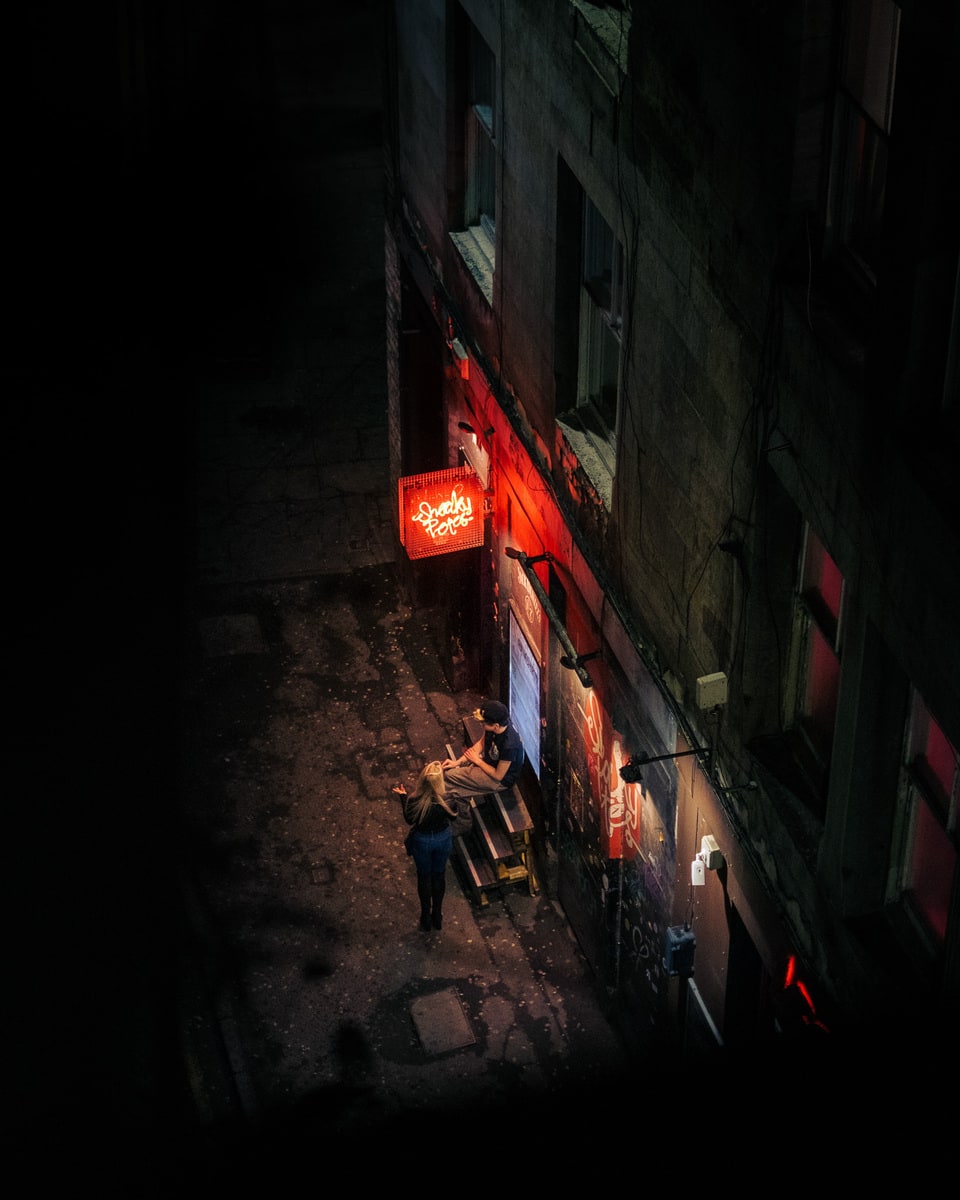
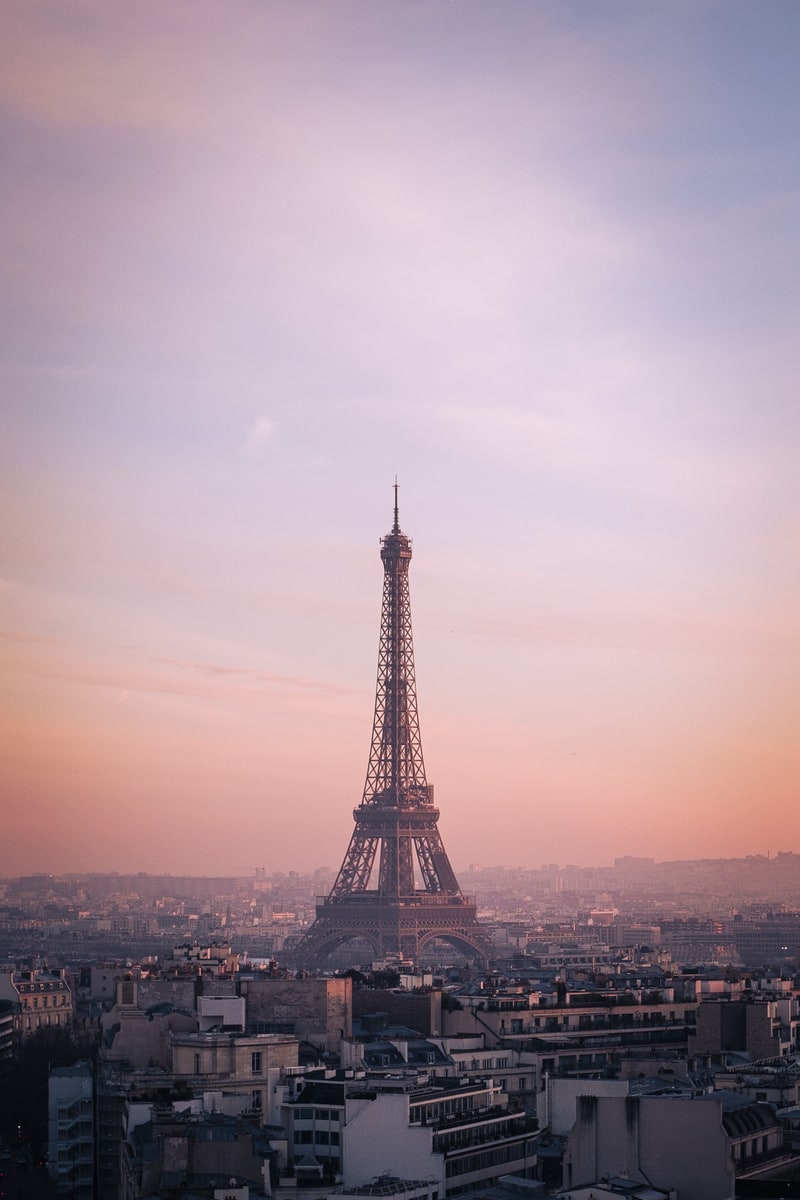
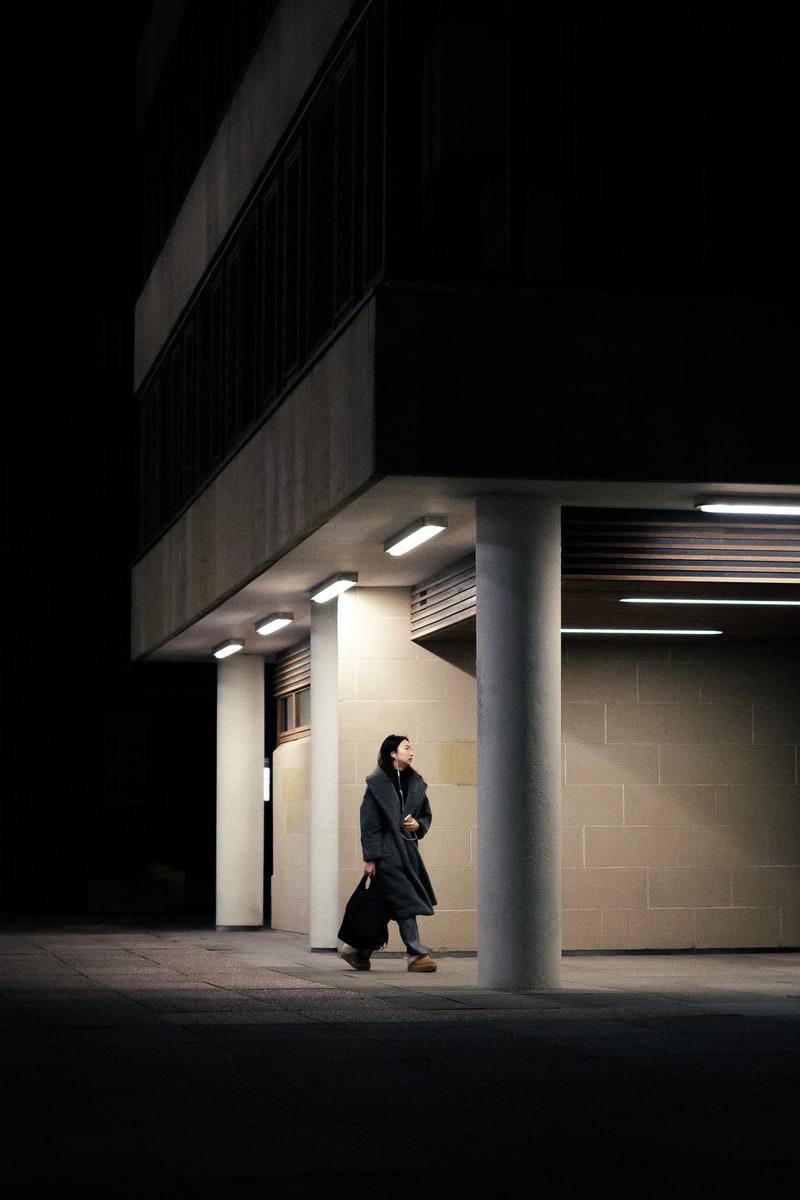

Images taken with the XF 33mm f1.4

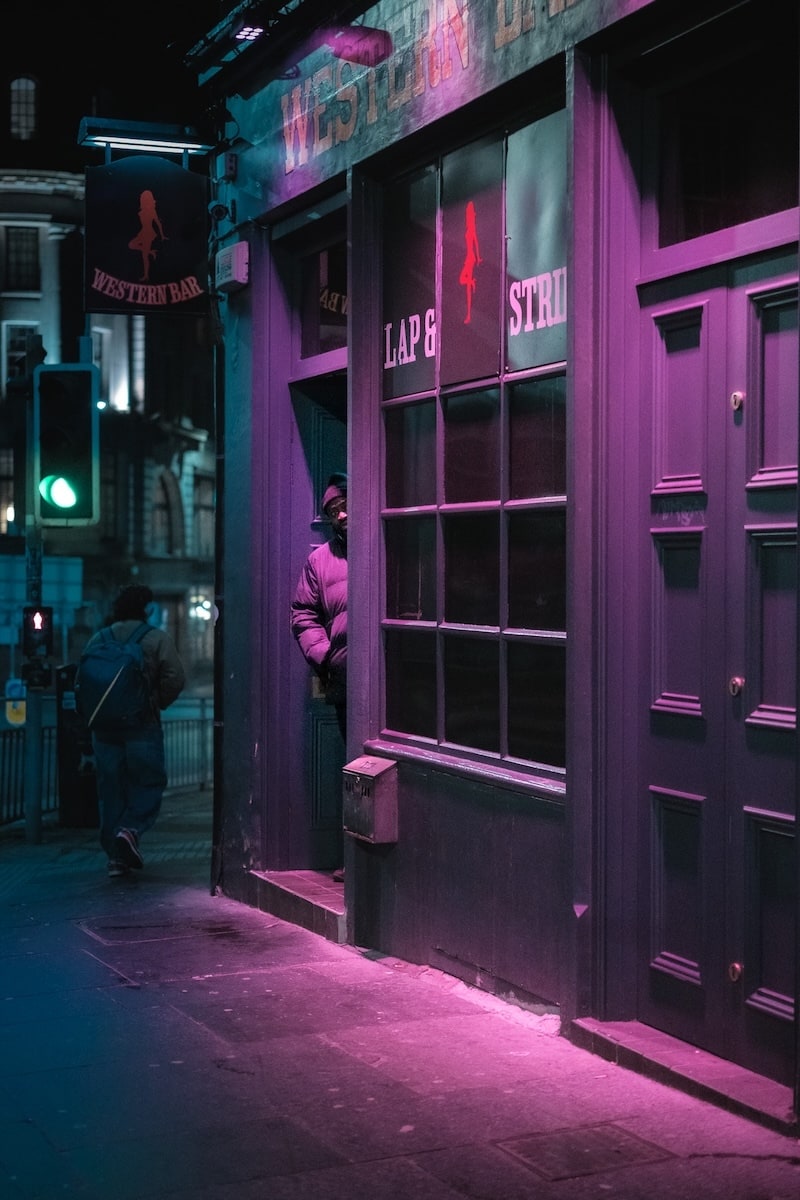
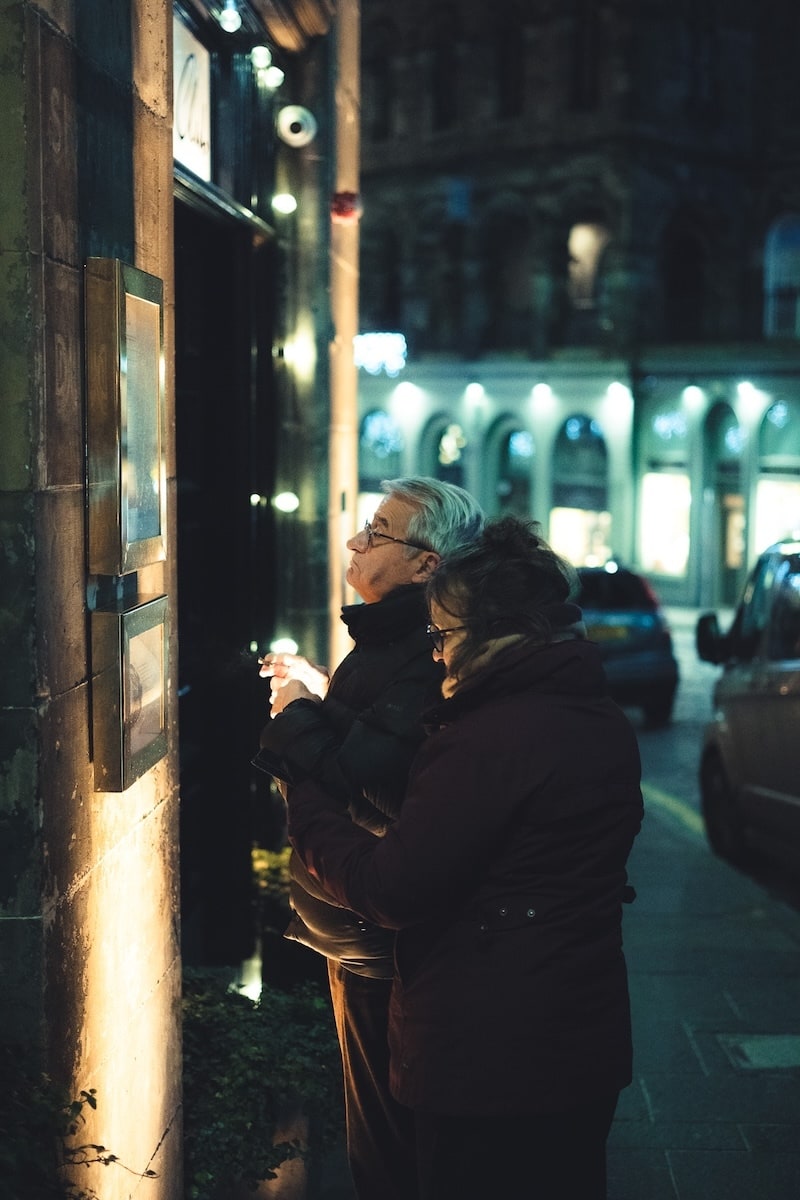
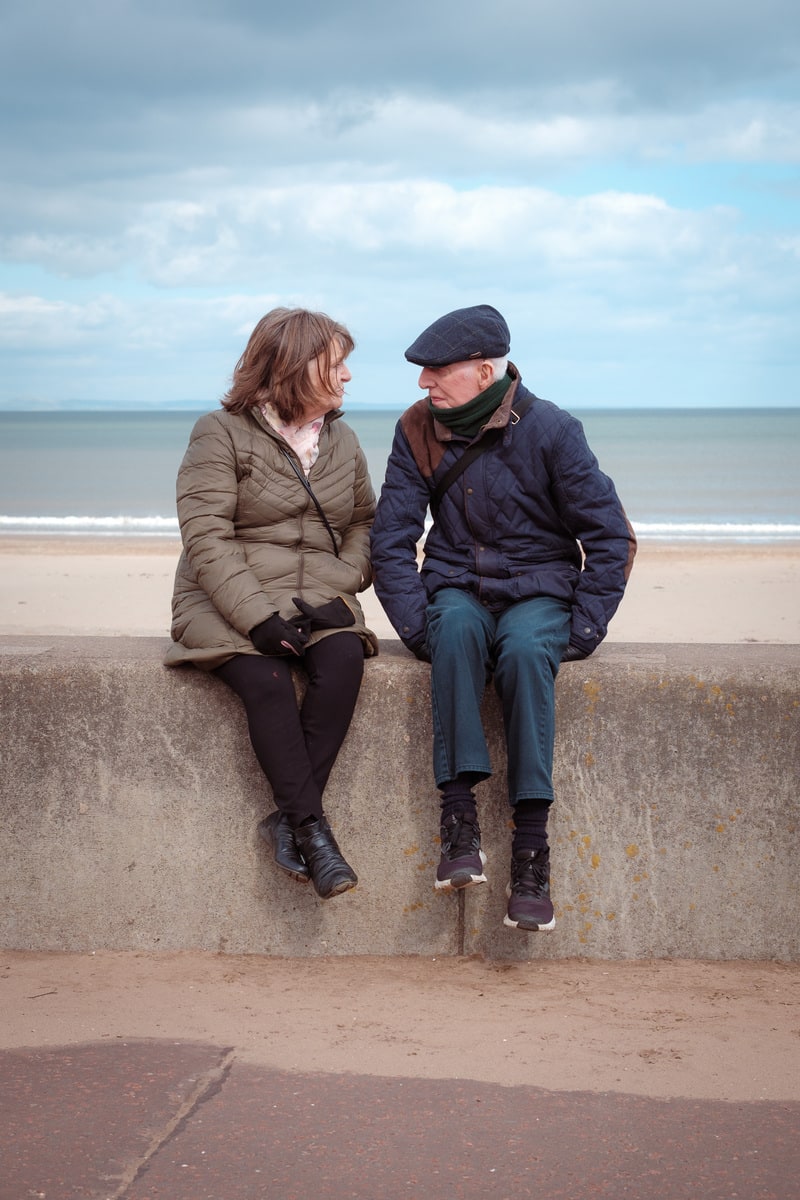
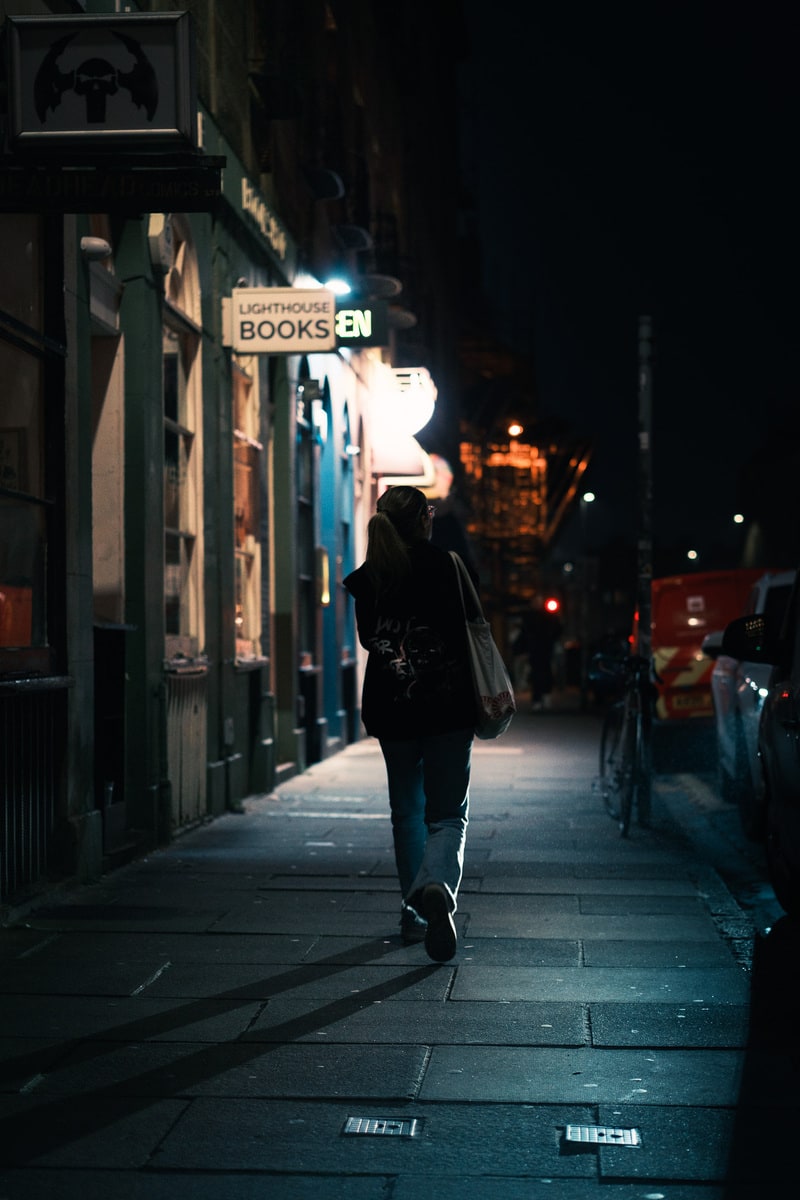
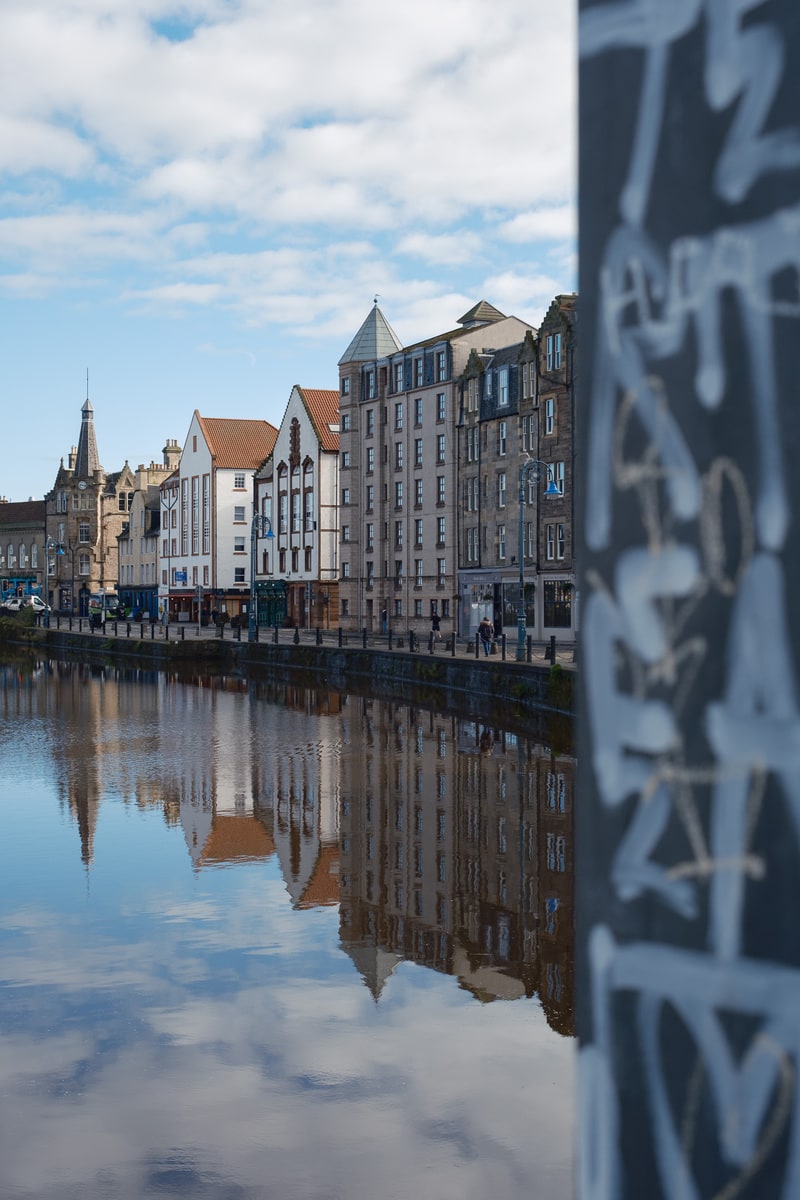
Conclusion
Despite being 12 years old, the 35mm f1.4 is still a fantastic lens, even on a body with the new 40MP sensor. It’s cheaper than the 33mm f1.4, especially on the second hand market (I bought mine second hand for around £300), it’s lighter, and it looks better.
If you value the classic retro Fujifilm style, I would recommend you consider the 35mm f1.4. If you plan to use one of these lenses for video, then the 33mm f1.4 is a must.
I’ve given the 33mm f1.4 a bit of hard time in this post, but I do still have the lens. The images are crisp, the near-silent autofocus and weather sealing are great – very much strong selling points. If you have an X-T or an X-H body then you should definitely consider it. See how it feels to you. Try before you buy!
If you want the absolute best image quality for the latest generation of Fujifilm bodies and don’t care about size and weight, then you should choose the 33mm f1.4. If you value the classic Fujifilm look and compactness, the 35mm f1.4 is probably for you.
Of course, if you need weather resistance you can discount the 35mm f1.4, but that doesn’t mean you’re stuck with the 33mm f1.4. Fujifilm also offer a 35mm f2 lens. I don’t have one of these, but I do have the 23mm version and it’s an excellent lens so I’m sure the 35mm f2 is as well. These f2 primes are small, compact as well as weather resistant. The only meaningful difference (for street photography certainly) is the f2 aperture vs f1.4, but I think you’ll be unlikely to notice the difference unless you’re shooting at night, and even then just raise the ISO a bit to compensate!
Ultimately, both the old 35mm f1.4 and the new 33mm f1.4 lenses are great options and you’re probably going to be very happy with the results with either!
Create a Photo Journal with Pagecord
Pagecord is a beautiful, independent blogging platform, perfect for photographers. Create a photo blog on your own domain for only $29/year. Private, no ads, no algorithm - just your photography.
